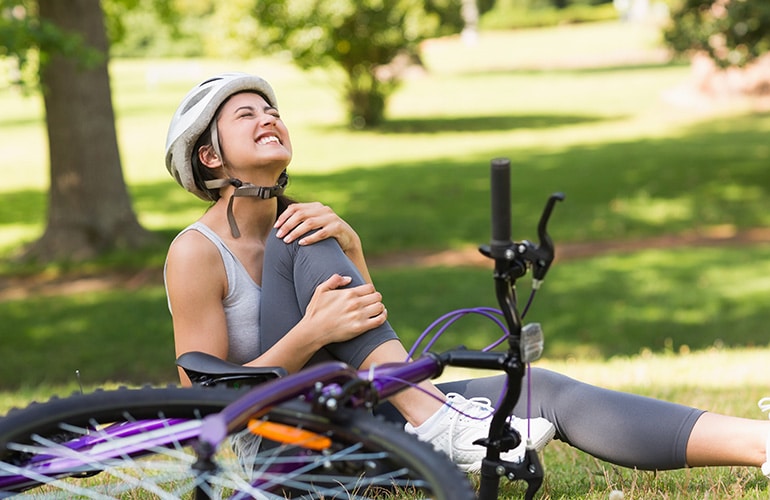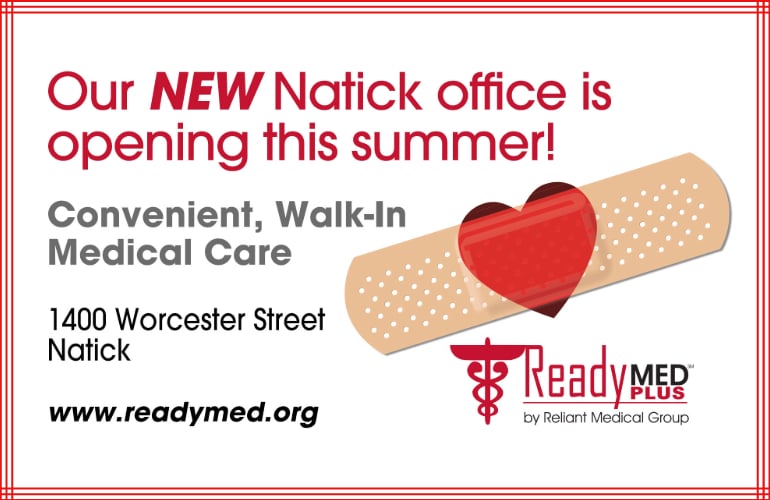
Sports injuries don’t just happen to professional athletes, they can happen to anyone who plays sports or exercises. Typical sports injuries include muscle sprains and strains, bruises, tears, fractures, dislocations, tendon injuries and other problems.
All sports injuries can be divided into two categories: acute and chronic. Acute injuries occur suddenly when you are playing a sport or exercising. A sprained ankle is a common acute sports injury. Signs of an acute injury include:
- Severe pain
- Swelling
- Inability to place weight on a leg, knee, ankle or foot
- Tenderness in a joint or other area of the body
- Not being able to move a joint as normal
- Extreme weakness
- A bone or joint that is visibly out of place
Chronic injuries occur when you play a sport or exercise for a long period of time. Typical signs of a chronic injury include pain when you play or exercise, a dull ache when resting, and swelling in a specific area. It’s important not to ignore chronic injuries – they require treatment just like acute injuries do.
How should you handle a sports injury?
You should never try to work through the pain of a sports injury. Always stop playing or exercising when you feel pain. Continuing to play or exercise will usually cause more harm to the affected area. Some sports injuries should be looked at by a physician right away, others you can treat yourself.
Always call a doctor when:
- The injury causes severe pain, swelling or numbness
- You can’t put any weight on the area
- An old injury hurts, aches or swells
- The joint doesn’t feel normal or stable
If you don’t have any of these signs, it may be safe to treat the injury at home. If pain or other symptoms get worse, be sure to call your doctor. The RICE method (Rest, Ice, Compression, and Elevation) will help to relieve pain, reduce swelling, and speed heeling. Follow these four RICE steps for 48 hours immediately after your injury occurs:
- Rest – Reduce your regular activities. If you’ve injured your foot, ankle, or knee, take the weight off of it. Using crutches is an ideal way to do this.
- Ice – Apply an ice pack to the injured area for 20 minutes, 4 to 8 times a day. You can use a cold pack or an ice bag. Be sure to take the ice off after 20 minutes to avoid a cold injury.
- Compression – Put even pressure on the injured area to help reduce swelling. You can use an elastic wrap, special boot, air cast, or a splint. Ask your doctor which one is best for your injury.
- Elevation – To help reduce swelling, put the injured area on a pillow at a level that is above your heart.
2 Responses
Stay in touch with the conversation, subscribe to the RSS feed for comments on this post.
I’m actively playing Tennis this Summer, 3 to 4 times a week. Nursing Tennis elbow, I’m not going to be able to rest it until the late fall. Any advice?
Hi Tom, please make an appointment with an Orthopedic doctor about your elbow and they can discuss ways to make it feel better.


